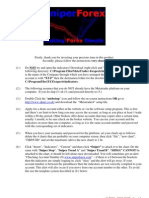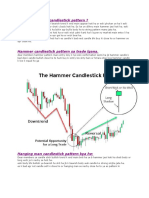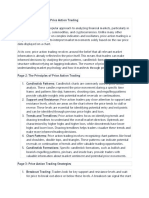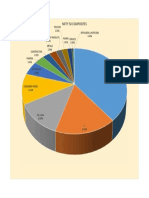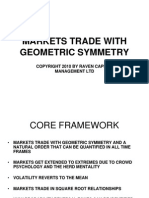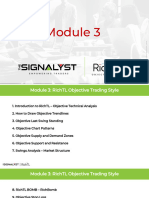0% found this document useful (0 votes)
986 views10 pagesChart Reading & Candlestick Basics
This document discusses chart reading and candlestick patterns in trading. It defines what charts and timeframes are used to analyze market data. Common chart types like candlestick, Heikin Ashi, line, and bar charts are explained. Basic candlestick patterns like Doji, long-legged Doji, gravestone Doji, and dragonfly Doji are described. The document provides an overview of key concepts for understanding and using charts and candlestick patterns in cryptocurrency trading.
Uploaded by
Robin WadhwaCopyright
© Public Domain
We take content rights seriously. If you suspect this is your content, claim it here.
Available Formats
Download as PDF, TXT or read online on Scribd
0% found this document useful (0 votes)
986 views10 pagesChart Reading & Candlestick Basics
This document discusses chart reading and candlestick patterns in trading. It defines what charts and timeframes are used to analyze market data. Common chart types like candlestick, Heikin Ashi, line, and bar charts are explained. Basic candlestick patterns like Doji, long-legged Doji, gravestone Doji, and dragonfly Doji are described. The document provides an overview of key concepts for understanding and using charts and candlestick patterns in cryptocurrency trading.
Uploaded by
Robin WadhwaCopyright
© Public Domain
We take content rights seriously. If you suspect this is your content, claim it here.
Available Formats
Download as PDF, TXT or read online on Scribd
/ 10







